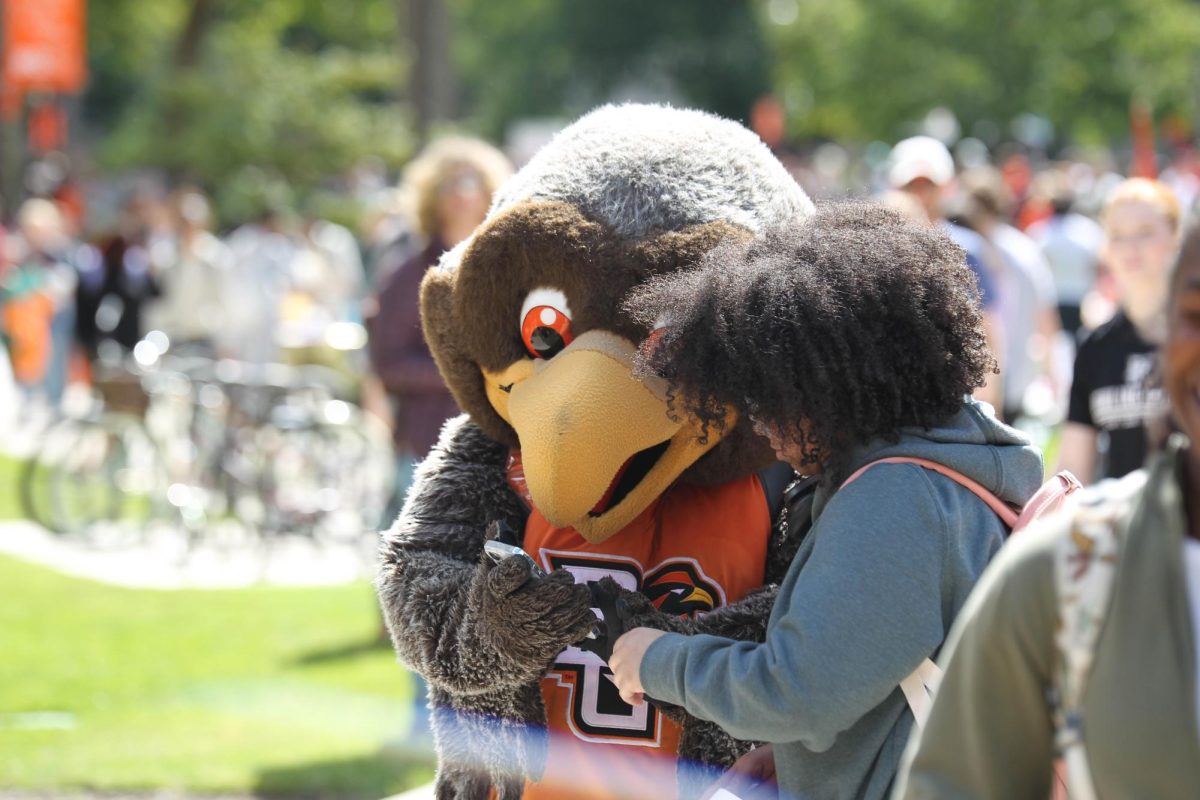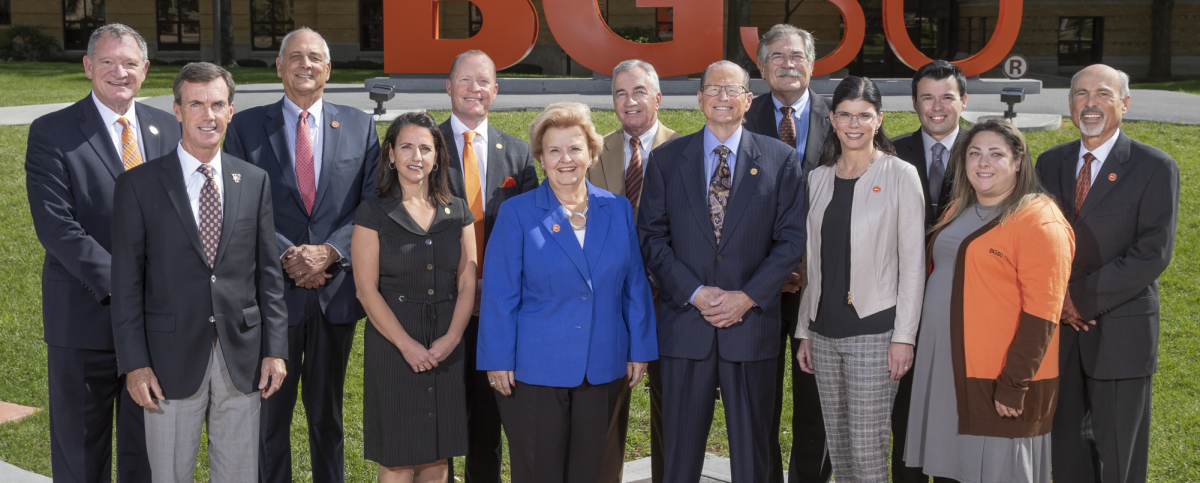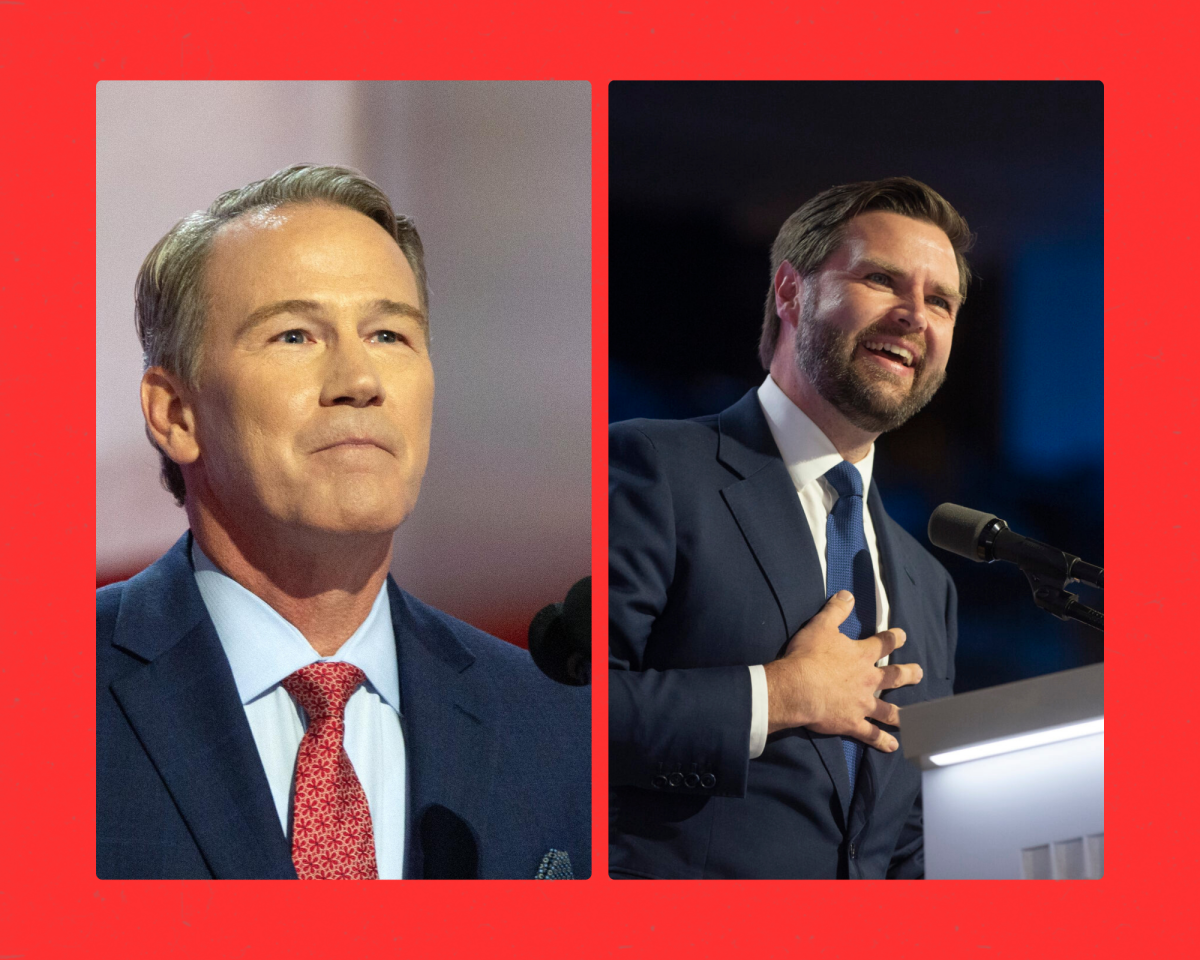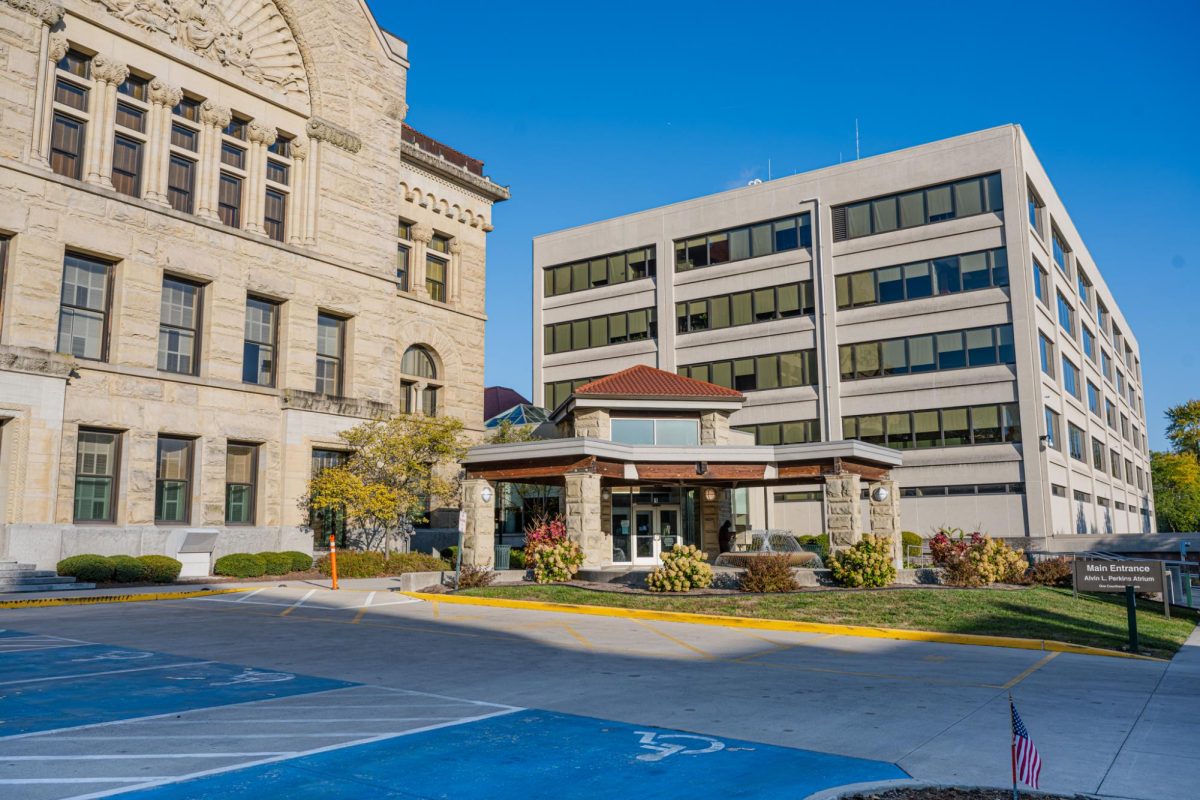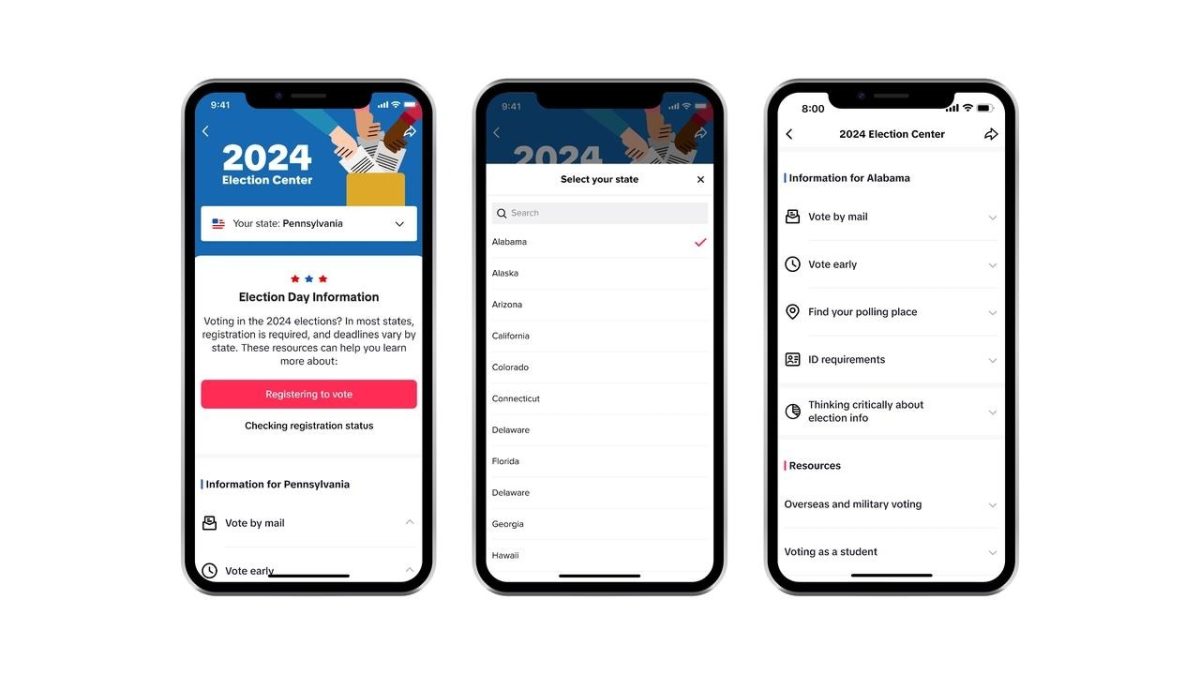For University librarian Amy Fry, a lingering shadow has been lifted from her workplace.
“It’s been hanging over the process – until now,” Fry said. “Now that Issue 2 is defeated, we can move on and do the work that needs to be done for the good of us and the University.”
Ohioans voted against Issue 2 on Tuesday, overturning a former state law limiting public employees’ ability to collectively bargain and strike. The law also could have increased public employee contributions for pensions and health care.
The election was called at 9:16 p.m. with 22 percent of precincts reporting.
At that time, 64 percent of Ohioans voted “no” and 36 percent voted “yes” on Issue 2.
As of about 1 a.m. Wednesday, with nearly 100 percent of precincts reporting, 61 percent of Ohioans voted “no” and 39 percent voted “yes” on Issue 2, according to the Ohio Secretary of State website.
Community members, as well as University faculty, staff and students gathered at watch parties Tuesday night in anticipation of the election results.
Andy Schocket, communications director for the Faculty Association, the University’s faculty union, said he wasn’t surprised by the outcome.
“I had faith in the people of Ohio,” Schocket said at the Democrat watch party at Cla-Zel. “They understand the importance of collective bargaining and the importance of workers’ rights.”
The repeal of Issue 2 means collective bargaining can continue at the University, which not only affects faculty members but students as well, he said.
“It affirms that the faculty are who lead the students; we can have a voice in the institution,” Schocket said. “It increases faculty morale, and by bargaining for salaries and benefits, it will help us recruit and retain better faculty members to educate students.”
Students gathered at Cla-Zel expressed similar feelings.
“I’m glad it didn’t pass, because the money the state would have saved wasn’t going to the right things,” senior Jake Stewart said. “I knew this would happen. The pendulum can only swing so far before it has to swing back.”
Issue 2 supporters, gathered at the Republican watch party at DiBenedetto’s Italian Bistro, expressed disappointment following the election results.
“I’m unemployed, but I still want to take responsibility for my own health care,” said Mary Vollmar, a city resident. “I don’t want to be taxed more to pay for state employees’ insurance. I’m very disappointed.”
Graduate student Amy Peplinski, however, said she saw Issue 2’s defeat as an opportunity to plan for future reform in Ohio.
“Being a child of two teachers, I definitely respect public employees’ rights; but I also believe in times of economic difficulty we’re forced to make sacrifices,” she said at the watch party at DiBenedetto’s. “Something still needs to be done, and the fact that this even came up gives us an opportunity to look at it further.”
University President Mary Ellen Mazey released a statement via email following the announcement of the election results.
“Bowling Green State University will continue to follow the laws of the state of Ohio governing collective bargaining,” the statement read. “I came to Bowling Green with the understanding that our faculty had formed a union. My experience at unionized institutions and with faculty negotiations was one of the reasons the BGSU Board of Trustees selected me.”
The statement also outlined the administration’s future plans for collective bargaining at the University.
“Negotiating the first contract with our faculty is a top priority,” the statement read. “We look forward to continuing the negotiations that began in July. We are moving forward and are negotiating in good faith.”
The next negotiation session between the Faculty Association and the University’s administration will take place Nov. 15.



